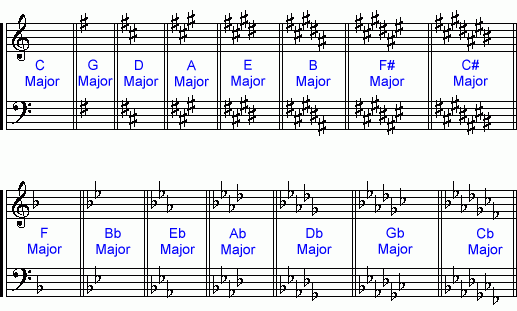


For example, the distance between C and D is a whole step because it includes two half steps (C to C#, C# to D).īefore you move on to the next section, review this online lesson, which illustrates the half step, whole step, and introduces accidentals. What's a whole step?Ī whole step is equivalent to two half steps. Since they describe two adjacent keys, these are examples of half steps as well. However, there are two pairs of white keys on the piano that have no black keys in between them (E and F, B and C). For example, the distance between a white key and its next adjacent black key is a half step. What's a half step?Ī half step describes the distance between a key and the next adjacent key on the piano.

One of the reasons why we use the keyboard is to help you visualize how pitches are organized on the chromatic scale, a series of pitches arranged by ascending or descending half steps. Try this exercise to name the white keys on the piano keyboard 2.12 Half Steps and Whole Steps On the illustration below, the pitch-class letter names are written on the keyboard. The keyboard is great for helping you develop a visual, aural, and tactile understanding of music theory. 2.1 Half Steps and Whole Steps 2.11 The Keyboard


 0 kommentar(er)
0 kommentar(er)
